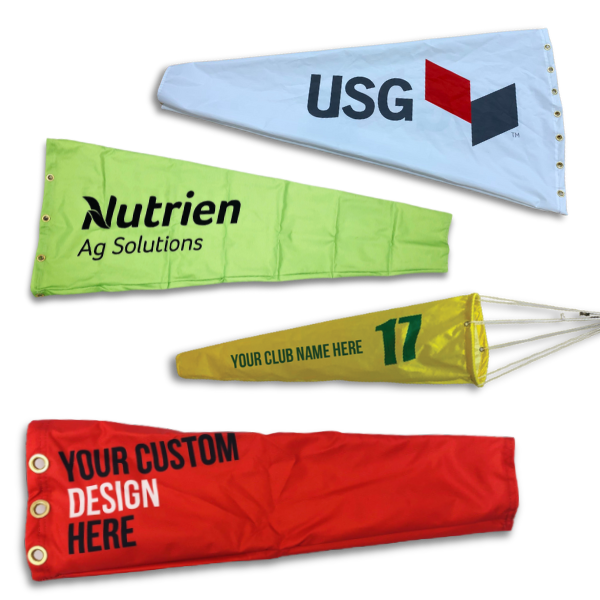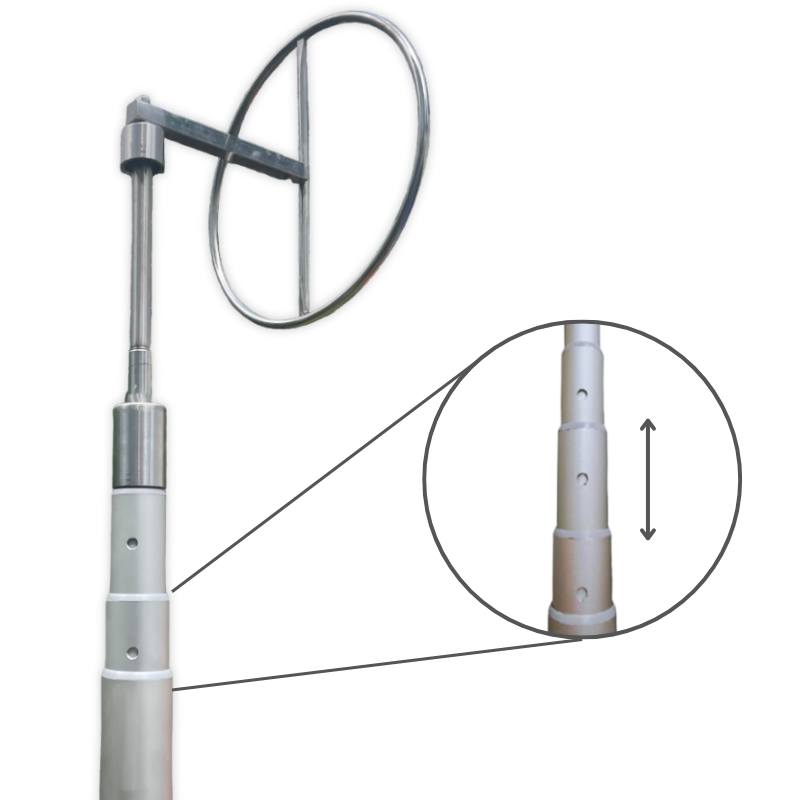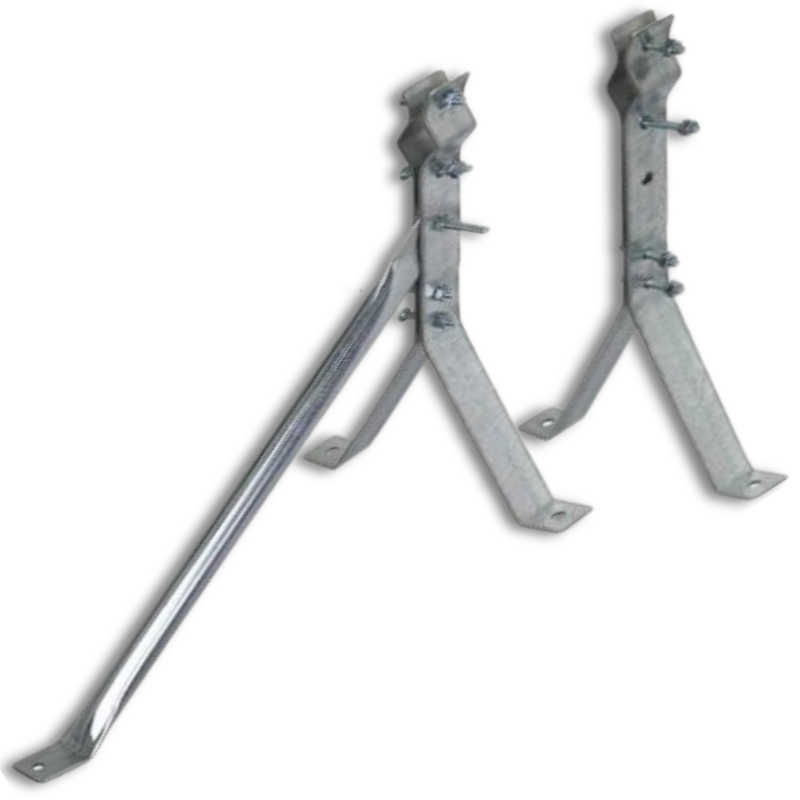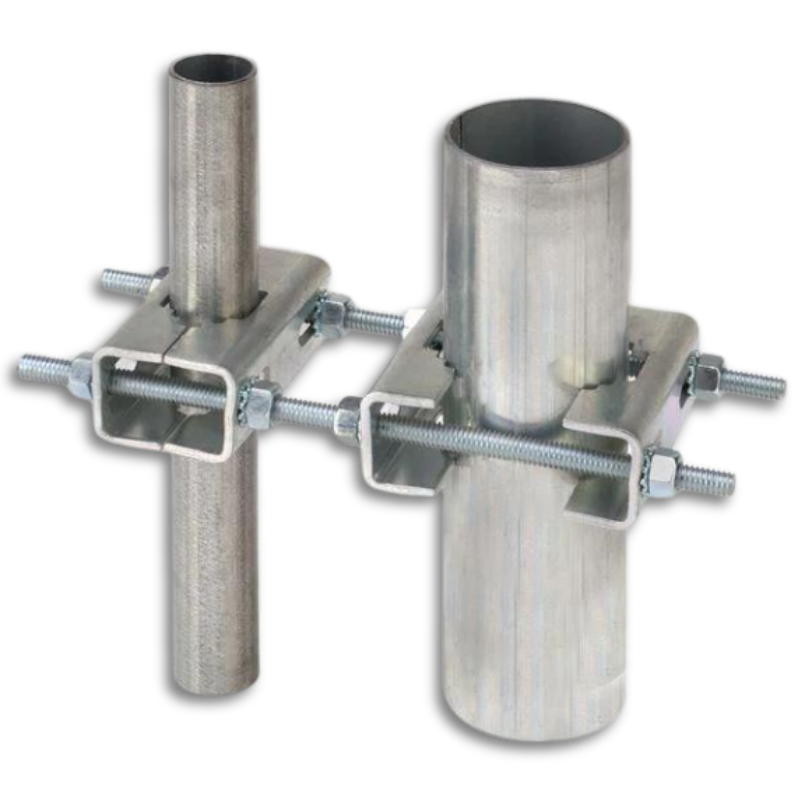How Windsocks Help Rail Companies Monitor Crosswinds on Tracks and in Rail Yards
Crosswinds can pose significant risks to rail operations, particularly for freight and passenger trains that travel through open landscapes, rail yards, and high bridges. Monitoring wind conditions is crucial to ensuring safe and efficient rail transport, and windsocks offer a simple yet effective solution for tracking wind direction and speed. In this article, we’ll explore how rail companies can utilize windsocks to improve safety and mitigate risks related to crosswinds.
1. The Importance of Crosswind Monitoring in Rail Transport
Crosswinds can have a substantial impact on rail safety. High winds, especially when blowing perpendicular to the train's path, can create dangerous situations such as:
- Train Derailments: Strong winds can destabilize freight trains, particularly when they are loaded with lightweight containers or traveling at high speeds. Crosswinds hitting the side of the train increase the risk of derailment.
- Track Obstructions: Winds can blow debris, tree branches, and other objects onto tracks, creating hazards that may go unnoticed until it's too late.
- Safety at Rail Yards: In switch yards where trains decelerate, turn, and change tracks, accurate wind monitoring is essential. Crosswinds can affect train stability during these transitions, particularly when handling empty cars or transporting hazardous materials.
Monitoring crosswinds at key locations—such as open stretches of track, bridges, tunnels, and switch yards—helps rail operators take preventive measures and adjust speeds, load balance, or train operations accordingly.
2. How Windsocks Enhance Wind Monitoring for Rail Companies
While advanced weather forecasting systems are available, nothing beats real-time, on-site wind monitoring. Windsocks offer an easy-to-implement and highly visible tool to help rail operators assess crosswinds directly where it matters.
- Immediate Visual Feedback: Windsocks provide an instant, visual indicator of wind direction and speed. Rail personnel can quickly assess whether crosswinds are within safe operating limits, especially in areas prone to strong winds.
- Low-Cost Solution: Windsocks are a cost-effective way to monitor wind conditions. They don’t require complicated installation, expensive maintenance, or calibration, making them ideal for wide deployment along long rail lines or in multiple rail yards.
- Versatile and Durable: Designed to withstand harsh weather conditions, high-quality windsocks can be used in a variety of environments, from remote open tracks to busy rail yards. Their durability ensures long-term reliability in constant wind exposure.
3. Key Locations for Windsock Placement in Rail Operations
To maximize their effectiveness, windsocks should be strategically placed at critical points along rail lines and within switch yards. Key locations for windsock deployment include:
- Open Tracks: In regions where rail lines run through flat, open terrain, crosswinds can easily gain speed and intensity. Installing windsocks at regular intervals along these stretches helps monitor changing conditions in real-time.
- Bridges and Overpasses: Elevated rail lines, bridges, and overpasses are particularly vulnerable to strong winds. Windsocks placed at the entrances and exits of these structures can alert engineers to changing wind conditions and help them adjust train speeds accordingly.
- Tunnels: Strong winds entering or exiting tunnels can create hazardous conditions for trains. Windsocks installed near tunnel entrances help monitor wind patterns that may affect train stability.
- Rail Yards: In switch yards, where trains perform slower, complex maneuvers, crosswinds can impact operations. Windsocks placed at key points in the yard allow operators to gauge wind speed and adjust train handling procedures, particularly when managing lightweight or hazardous loads.
4. Safety Benefits of Using Windsocks in Rail Operations
By installing windsocks at strategic locations, rail companies can improve safety and operational efficiency in several ways:
- Improved Decision-Making: Train operators can use the information provided by windsocks to make informed decisions about train speeds, load adjustments, and whether it’s safe to proceed through certain sections of the track.
- Enhanced Hazard Prevention: Windsocks help identify high-wind areas, enabling rail companies to deploy additional safety measures, such as reducing speeds or rerouting trains to avoid hazardous conditions.
- Better Coordination: In rail yards, windsocks help crews safely coordinate train movements by providing real-time wind data, reducing the risk of accidents during load transfers or track switches.
- Proactive Maintenance: Rail companies can monitor windsock performance and inspect surrounding areas for potential hazards, such as debris or tree branches that may be blown onto the tracks by strong winds.
5. Why Choose High-Quality Windsocks for Rail Operations?
Not all windsocks are created equal. For rail companies that operate in diverse weather conditions, investing in high-quality, heavy-duty windsocks is crucial. Here’s why:
- Durability in Harsh Conditions: Windsocks used in rail operations must withstand extreme wind speeds, UV exposure, rain, and temperature fluctuations. PU-coated windsocks offer superior resistance to weather damage, ensuring long-lasting performance.
- High Visibility: It’s essential for windsocks to remain visible from a distance, even in low light or during bad weather. Bright, fluorescent colors like orange or red are ideal for ensuring visibility at all times.
- Ease of Installation: High-quality windsocks are designed for quick and easy installation, allowing rail operators to set them up without the need for complex tools or specialized labor.
6. Conclusion: Windsocks as an Essential Tool for Rail Safety
For rail companies operating in regions prone to high winds, crosswind monitoring is vital to ensuring safe and efficient operations. Windsocks provide a simple, cost-effective solution for real-time wind monitoring along rail lines and at switch yards, helping rail operators make informed decisions about speed, load management, and safety protocols. By placing windsocks at critical locations like open tracks, bridges, and tunnels, rail companies can enhance their safety measures and reduce the risk of wind-related accidents.
Investing in high-quality, durable windsocks designed for harsh weather conditions ensures they remain reliable and visible, making them a valuable tool for rail operations across the country. Ready to improve safety on your rail lines? Contact us today to learn more about our windsocks and how they can be customized to meet your rail company’s needs.













